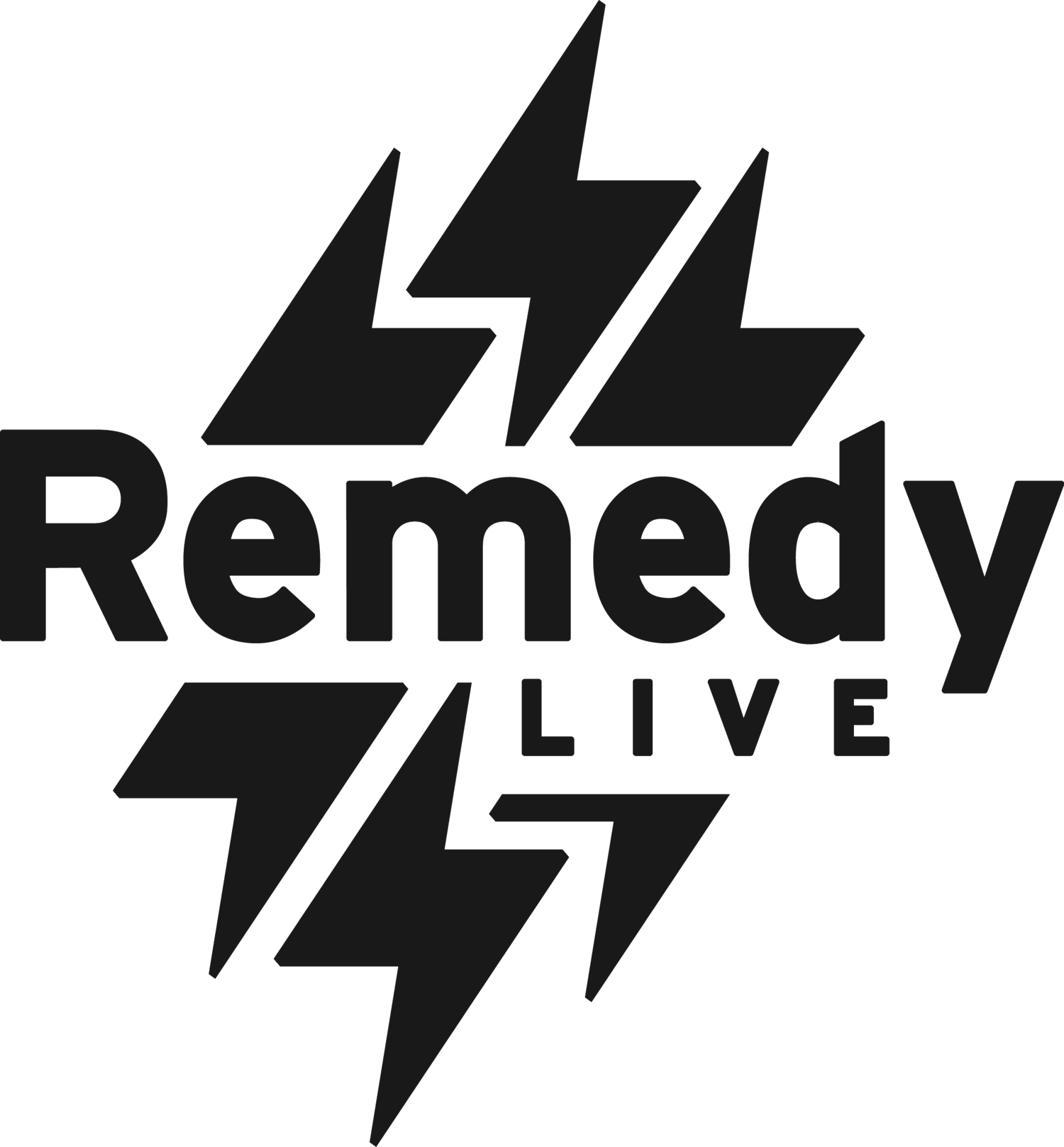The Science of Checklists
Like many of us, I love a good checklist. The action of crossing something out or “checking” that box is satisfying! Being in school for years now, checklists are one of the only ways I can keep my sanity and organize my tasks. A couple days in advance, I write down all the things I must get done the next day, as well as some things that would be helpful to start working on. When I can cross something off, especially for those big projects, it solidifies that the task is truly done, and I can move on.
Checklists are actually helpful for our brains! There are benefits when we take the time to make a list. First, lists aren’t only helpful with external organization, they help with keeping organized inside our heads too! We have so many ideas and thoughts throughout the day of what we need to do. Just by writing it down, it’s taking that disordered thought and making it more concrete. This gives us structure, something many of us crave on a daily basis. With that, creating checklists can decrease some anxiety (Chunn, 2017). We take a day of endless possibilities and say, “I’m going to focus on these three things.” What a simple way to lessen that stress!
Proof about decreasing anxiety comes from a study from Wake Forest University. The researchers observed two groups. People who weren’t able to do a warmup activity before a typical task ended up underperforming on the task. However, those who were allowed to prep - write down plans and finish the warmup activity did much better on the tasks (Chunn, 2017). This shows that we can perform better when we give ourselves the space to prepare and make a list. Lessening that anxiety and increasing focus.
Finally, making lists is NOT going to stifle creativity. Creativity and disorder are not always synonymous. If we take the time to free up space in our minds by turning that disorder into order on paper, we can actually have more room for creativity (Chunn, 2017).
On writing checklists - you’ll want to write this list in an easy, accessible place, whether that be on a note app, on a sheet of paper on your desk, etc. Also, avoid super long checklists. These get overwhelming and feel never-ending, and you may not even know where to start. Try to keep the list to fit on one page and only have 5-9 items. If it’s a checklist that you’re going to consistently use, then it may be helpful for it to be editable so that you can add and take out parts of the list whenever applicable (Collins, 2018).
Checklists are useful for creating order for our brains, lessening anxiety, and even improving creativity. What better reasons to start using them?
References:
Collins, B. (2018). Two powerful types of checklists you must use. Forbes. Retrieved from https://www.forbes.com/sites/bryancollinseurope/2018/08/02/two-powerful-types-of-checklists-you-must-use/?sh=7210ee0c7044.
Chunn, L. (2017). The psychology of the to-do list - why your brain loves ordered tasks. The Guardian. Retrieved from https://www.theguardian.com/lifeandstyle/2017/may/10/the-psychology-of-the-to-do-list-why-your-brain-loves-ordered-tasks.
Challenges/Points:
Creating checklists help create organization for our brains, lessen anxiety, and improve creativity.
Create a list on paper or on your phone, make it editable, and keep it short.
Find an area of your life where a checklist could come in handy and create it.
Questions:
What do you use checklists for?
Have you found checklists helpful in the past? What did you like about them?
What keeps you from creating lists?
To talk more about this or something else on your mind text the number 494949 to chat with our team or visit RemedyLIVE.com/chat anytime, day or night.
Did someone send you this post, and you want to subscribe to our free self care guide? Text CARE to 494949 to receive daily posts.
